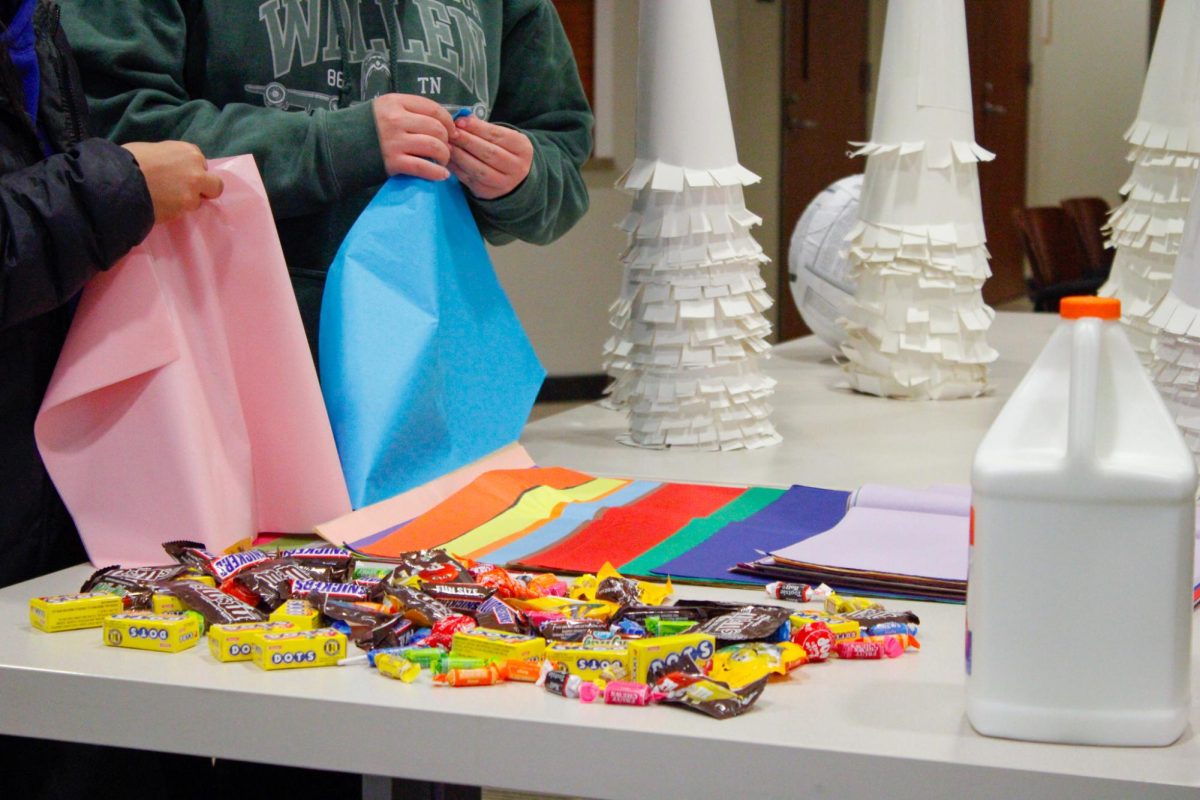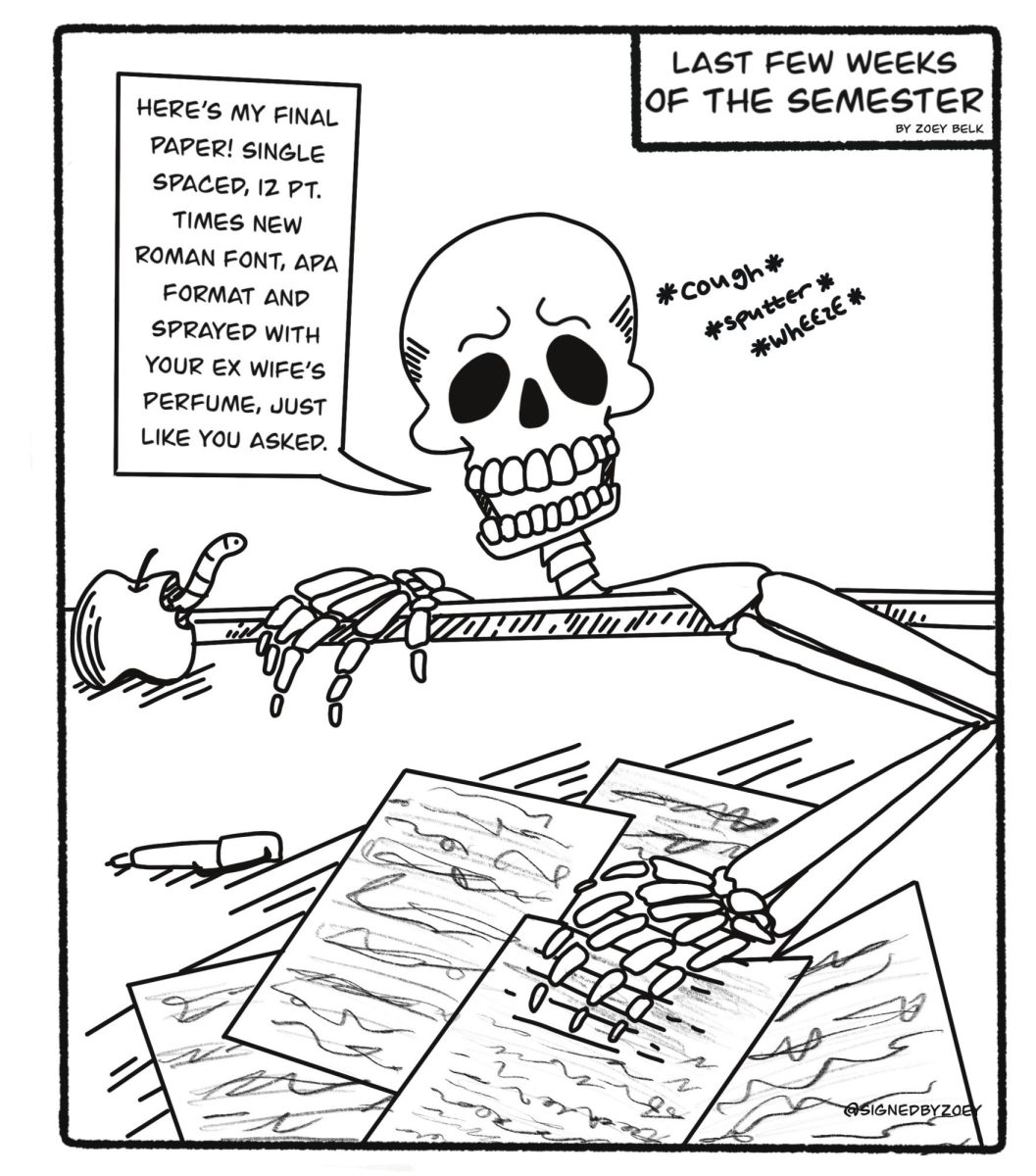GV LGBT Resource Center celebrates Transgender Day of Visibility
Mar 29, 2021
March 31 marks the 12th annual celebration of Transgender Day of Visibility, a day dedicated to raising awareness of the issues faced by the transgender community and celebrating members in the community.
The day was founded in 2009 by Michigan transgender activist Rachel Crandall, who saw a need for more recognition of the lives, accomplishments and cultural contributions of the transgender community. Now in 2021, Transgender Day of Visibility is recognized internationally and events are held worldwide to honor and uplift transgender and nonbinary people.
Here at Grand Valley State University, the LGBT Resource Center has recognized and celebrated Transgender Day of Visibility for the last four years through their annual keynote events. The goal of these events is to explore issues faced by the transgender and nonbinary communities through a multitude of different lenses.
“This day is particularly resonant today in the context of a record-breaking year for anti-transgender legislation across the country,” said Marla Wick, Associate Director of the LGBT Resource Center. “Many of these anti-transgender legislative efforts are aimed at excluding transgender people from public life, which is obviously deeply salient on a day when we celebrate the visibility of this community.”
Due to COVID-19 guidelines, this year’s keynote with speaker Chelsea Thompson was held virtually on March 25. The event focused on how technologies such as facial recognition and body scanners have failed the transgender community.
These types of technological failures are not new to many in the transgender community who suffer from society’s assumed gender binary. In particular, transgender students run into these issues within school systems and, consequently, in the classroom.
“Unfortunately, a lot of systems are designed around the gender binary (man and woman) and assume the immutability of these designations,” Wick said. “Because of this, transgender students can run into issues with name systems, lack of inclusive facilities, and misgendering from other students as well as faculty and staff.”
Both GVSU and the LGBT Resource Center have been working and continue to work to make the campus experience safe and welcoming for all transgender and nonbinary students.
Available to all at GVSU, the myName system allows students, staff and faculty to designate a name other than their legal name to appear across campus where a legal name is not required. In addition, the LGBT Resource Center holds a weekly student facilitated program, T2, for transgender, nonbinary and gender-questioning students, as well as offering resources and tips on inclusive classroom practices to ensure all students are addressed correctly in that space.
The LGBT Resource Center also offers educational programs throughout the year for members of the campus community to increase the competence of gender and sexual diversity and build allyship through awareness of issues surrounding the transgender and nonbinary community.
“We encourage everyone to participate in one of our two-hour Queer & Trans 101 workshops,” Wick said. “We offer these twice a semester for open registration and also present to interested groups across campus by request.”
For more information and resources, visit the Milton E. Ford LGBT Resource Center at their website www.gvsu.edu/lgbtrc.

























